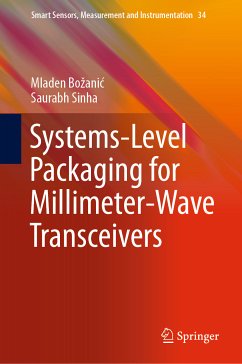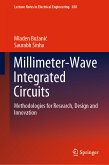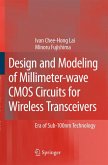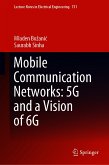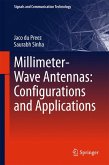This book provides a system-level approach to making packaging decisions for millimeter-wave transceivers. In electronics, the packaging forms a bridge between the integrated circuit or individual device and the rest of the electronic system, encompassing all technologies between the two. To be able to make well-founded packaging decisions, researchers need to understand a broad range of aspects, including: concepts of transmission bands, antennas and propagation, integrated and discrete package substrates, materials and technologies, interconnects, passive and active components, as well as the advantages and disadvantages of various packages and packaging approaches, and package-level modeling and simulation. Packaging also needs to be considered in terms of system-level testing, as well as associated testing and production costs, and reducing costs. This peer-reviewed work contributes to the extant scholarly literature by addressing the aforementioned concepts and applyingthem to the context of the millimeter-wave regime and the unique opportunities that this transmission approach offers.
Dieser Download kann aus rechtlichen Gründen nur mit Rechnungsadresse in A, B, BG, CY, CZ, D, DK, EW, E, FIN, F, GR, HR, H, IRL, I, LT, L, LR, M, NL, PL, P, R, S, SLO, SK ausgeliefert werden.

